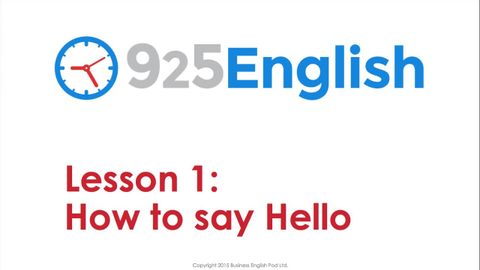 沒有此條件下的單字
沒有此條件下的單字US /ˈpræktɪs/
・
UK /'præktɪs/
- n.(醫生;律師等的)業務;工作;練習;慣例
- v.t./i.(醫生;律師等)開業;實踐;練習;操練;實踐
US /ˌkɑnvɚˈseʃən/
・
UK /ˌkɒnvəˈseɪʃn/
- adj.正確的、確信的、正當的;好;好的;優質的;正向的、快樂的、歡樂的;令人愉快的
- n. (u.)好處
- n. (c./u.)開端;(某事的)開始;開始;出發點;突然一驚;嚇一跳
- v.t./i.開始;首次(做某事)
- v.t.使開始運轉;啟動
